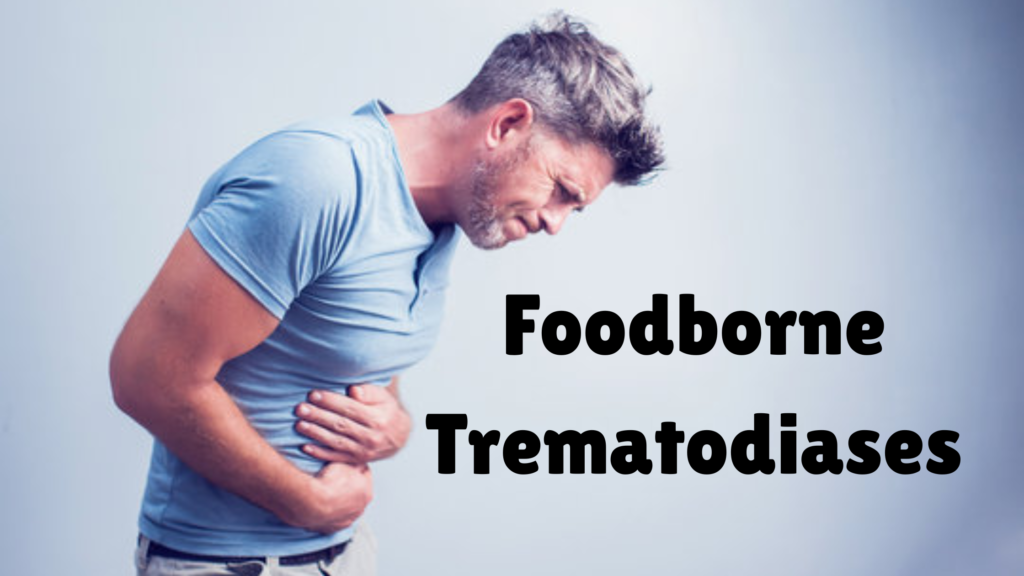What are Foodborne Trematodiases? 🍽️🦠
Foodborne trematodiases are parasitic infections caused by trematode flatworms (flukes) that humans get by eating raw or undercooked freshwater fish, crabs, or aquatic plants contaminated with infective larvae.
Common Types of Foodborne Trematodes
- Clonorchis sinensis (Chinese liver fluke)
- Opisthorchis viverrini and Opisthorchis felineus (liver flukes)
- Paragonimus westermani (lung fluke)
- Fasciola hepatica and Fasciola gigantica (liver flukes)
How are They Transmitted?
- Eating raw or undercooked freshwater fish, crabs, or plants infected with metacercariae (larval stage)
- Contaminated water sources in endemic areas
Symptoms
- Often mild or no symptoms initially
- When symptomatic, symptoms depend on the fluke species and site of infection:
- Liver flukes: abdominal pain, jaundice, bile duct inflammation, sometimes bile duct cancer
- Lung flukes: cough, chest pain, bloody sputum
- Intestinal flukes: diarrhea, abdominal discomfort
Diagnosis
- Stool examination to detect fluke eggs
- Blood tests and imaging (ultrasound, CT) for liver or lung involvement
- Serological tests for antibody detection
Treatment
- Antiparasitic drugs such as praziquantel or triclabendazole depending on the species
- Supportive care for complications
Prevention 🛡️
- Avoid eating raw or undercooked freshwater fish, crabs, and plants
- Properly cook or freeze fish and seafood
- Improve sanitation and control snail intermediate hosts in endemic areas
